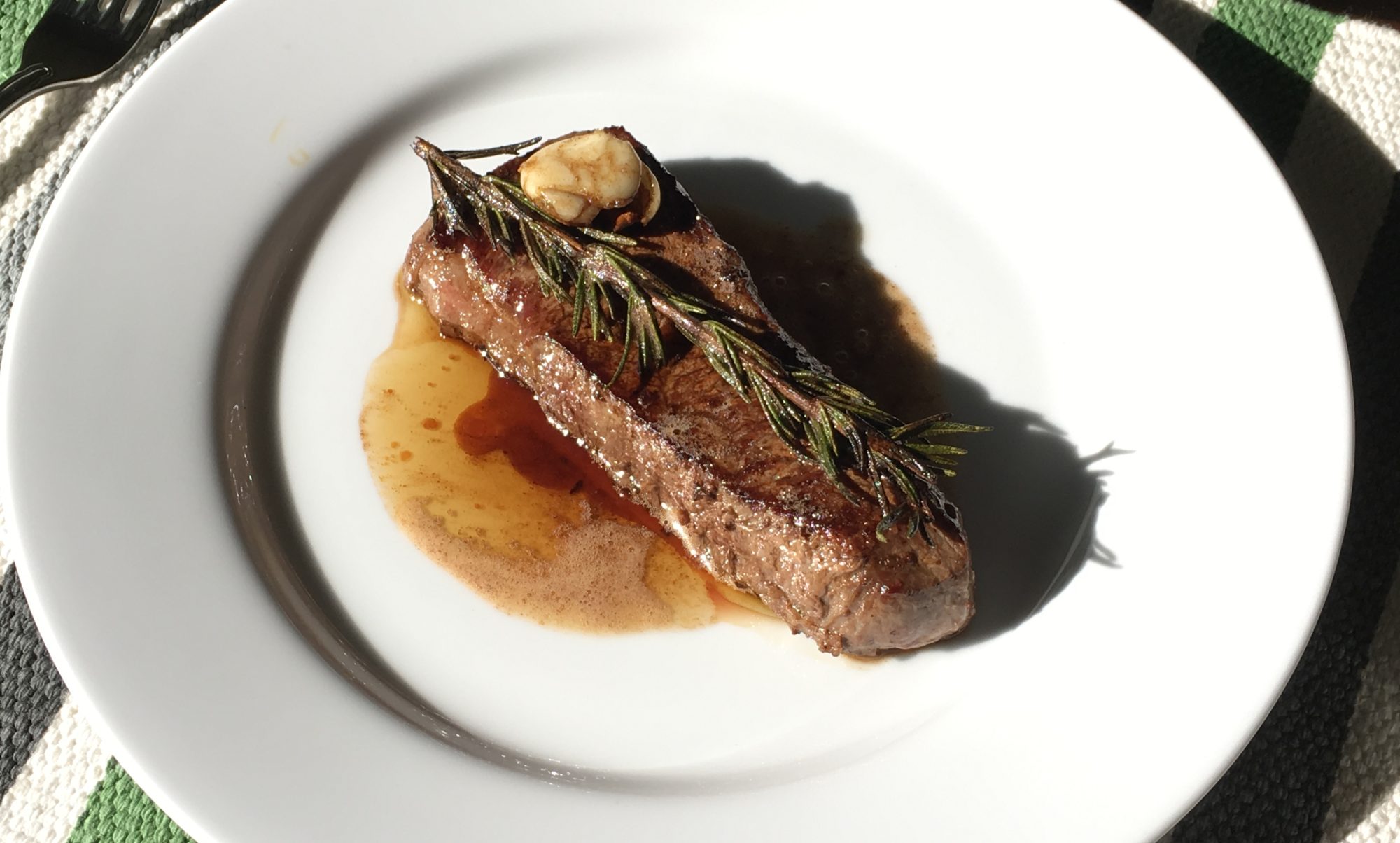Let’s talk about choosing your ribeye.
There are generally three muscles that make up the ribeye steak by how the rib primal (butcher’s term for the rib section of a side of beef) is generally cut.
The circle of muscle in the center of the ring of white fat in the steak, known as the the ‘eye’ of the steak, is a combination of the Latissimus Dorsi and Longissimus Dorsi muscle. These muscles run along the back of the cow on the sides of the spine; same as a deer’s ‘backstrap.’
These muscle’s jobs are to hyperextend the cow’s spine into a U shape and to pull the cow’s front legs backward while running. Since cows don’t generally deadlift, do pull-ups, or run around the feedlot, these muscles are rarely used, thus, relative to the muscles lower in the steer’s abdomen the two Dorsi’s get very little work. The lack of use means they’re a very tender pair of muscles and tend to have well developed marbling.
The third muscle that makes up the ribeye is the Spinalis (last diagram). This muscle is the ‘cap’ of the steak, seen on the left side of the steaks in the second photo, and at the far end of the steak in the third photo.
This muscle is debatably the best part of a cow, with individual Spinalis steaks (generally a custom order, and known as Ribeye Cap Steak) exceeding even filet in price because of the extreme tenderness, excellent marbling, and strong beef flavor this muscle is known for.
This is due to the fact that the Spinalis does generally nothing during a cow’s entire life to an even greater extent than the other two, as it serves as a spine stabilizer while the cow runs. Since they virtually never run in a feedlot, this muscle collects fat and nutrients for the entire life of the cow and it’s never used, resulting in the rich and amazing flavor you experience when you sink your teeth into that amazing cap meat.
How large each muscle displays in the steak depends on where in the primal the steak is cut. On the loin end, adjacent to the beginning of the NY strip primal, the two Dorsi’s display as 1 muscle region, with a very thin spinalis. As you move toward the chuck, the two Dorsi’s shrink and become separated with pads of fat, and the spinalis grows to take up almost a third of the steak. These are the most desirable steaks you’ll generally find and are easy to spot in the case.

In the bottom two ribeyes, the large Spinalis (top left of each steak) and the separated Dorsi’s in the middle of the steak show these cuts came from the chuck end of the rib. The top steak, on the other hand, has continuous Dorsi’s and a thinner spinalis, similar to the steak below as well.

You’ll never go wrong buying a prime ribeye, but if you get your eye in for picking steaks, you’ll get an even better product every time.
Check out my favorite way to cook a ribeye here. Cast Iron reigns supreme!


